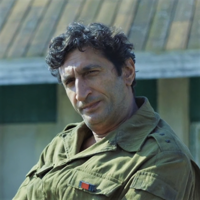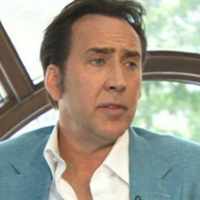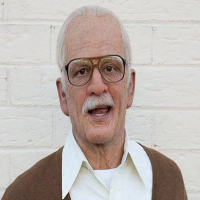Boris Shcherbina typ osobowości MBTI
Osobowość
"Jaki typ osobowości jest {profilename}? {profilename} jest typem osobowości {mbti} w mbti, {enneagram} - {iv} - {tritype} w enneagram, {big5} w Big 5, {sociionics} in Socionics."
I'm surprised that there are not more ENTJ votes. For me, there is some ambiguity as to whether Shcherbina has an Si/Ne middle axis, or an Ni/Se middle axis. There are a few moments when Shcherbina shows a flexibility toward new information that we would normally expect from someone using Se rather than Si. The one that stands out the most to me is his approach via helicopter and arrival at Chernobyl. He learns the basic functions of a nuclear reactor from Legasov, as well as the fact that there is graphite on the roof. When questioning Bryukhanov and Fomin, he immediately deploys this information *as is* in order to get to the truth, rather than immersing it in an overarching system of facts first. This is a sign that he is using Se instead of Si. Having said that, I think for most of the series his cognition is the other way around. He is oriented toward the information and experience that has been more fully and more deeply contextualized in his psyche, or alternatively, toward a perspective that considers this process in general to be the way that people operate. Some examples: • When he appeals to the cross-generational struggle of Russians ("1000 years of sacrifice in our veins") when asking for the 3 volunteers, I think this is a genuine sentiment; that is, he is not crafting this perspective in a cynical way, only to discard it later on. • He conflicts with Khomyuk about what course of action Legasov should take regarding telling the truth. She prefers the direct method that disregards the bureaucratic network, whereas he thinks that he can make the established system work to their advantage. Both think that the other is being naive. • In his last scene with Legasov, there are multiple key points. The first is the short history lesson of the town of Chernobyl, which is followed by the statements, "No one ever thinks it's going to happen to them," as well as, "I'm an inconsequential man." The general through-line of all of his dialogue in this scene is that each person's perspective on life, including his own, comes from an immersion in the idea that each of them is normal – a statistical average, so to speak. There is a dissolving of one's immediate, focused context into a more generalized contextualization of life, resulting in a lack of ability to adapt to immediate reality on its own terms. This is essentially a potential Se perspective being negated in favor of an Si perspective.
Biografia
Osobowość correlate

Valery Legasov

Ulana Khomyuk

Anatoly Dyatlov

Lyudmilla Ignatenko

Andrei Glukhov

Bacho

Leonid Toptunov

Viktor Bryukhanov
















